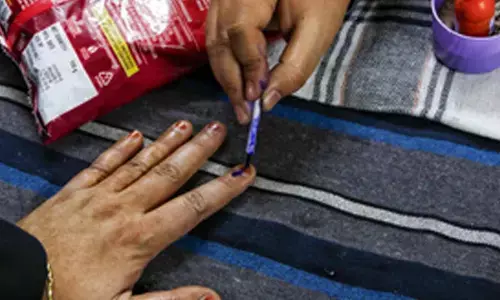Journey of Rupee to a high of 80 Vs Dollar $

India is celebrating its 75thyear of Independence and is at the crossroad of understanding a strong monetary development for its people during the following 25 years – what the government terms the country’s “Amrit Kaal.”
India is celebrating its 75thyear of Independence and is at the crossroad of understanding a strong monetary development for its people during the following 25 years – what the government terms the country's "Amrit Kaal."
Keeping different parts of the economy to the side, let us have a look at how the Indian Rupee fared against other worldwide benchmark peers starting around 1947. The worth of a country's cash is a critical marker for measuring its economic pathway. A great deal has occurred on the macroeconomic front starting around 1947 remembering economic stress in the 1960s drove by a downturn in food industrial creation. Then, at that point, came the Indo-China and Indo-Pakistan which enlarged spending and gave birth to the balance of payments crisis. Confronted with high import charges, India was near default as the unfamiliar trade holds had nearly dried up.
Aa per reports, the then Indira Gandhi-led government needed to go for a steep devalue of the rupee. The worth of the rupee devalued from Rs 4.76 against the US dollar to Rs 7.5. Then in 1991, India again ended up in a serious monetary emergency as the nation was not in that frame of mind to pay for its imports and service its external debt obligation commitments. Once again, India was nearly on the verge of default, which required the genuinely necessary changes which opened the nation's economy.
To negate the emergency, the Reserve Bank of India allegedly degraded the rupee in two sharp tranches – 9% and 11%, separately. Post the downgrading, the worth of the rupee against the US dollar was around 26. From Rs 4 during Independence against the then benchmark Pound sterling to around Rs 79 to Rs 80 against the US dollar now, the rupee has devalued by Rs 75 in the beyond 75 years.
Weakness for the rupee in these years has been contributed by many factors with trade deficit now rising to record highs of $31billion from almost no deficit at the start of independence mainly contributed by high oil import bill. It is expected that rupee could continue to fall against the US dollar going ahead but the pace of depreciation could be getting slow following a massive war chest build by the RBI in the reform of foreign exchange reserves. Despite the fact that the falling rupee may not help the whole economy, a cheapened cash unquestionably has its benefits as it supports in boosting trades.
Since the economic reforms of 1991, the rupee has been depreciating at the pace of 3.74 percent on CAGR (compound annual growth rate) against the US dollar as a result of inflation and interest rate differential between the US and India.
Somewhere in the range of 2000 and 2007, the rupee settled to a degree drove by significant unfamiliar ventures streaming into the nation yet to later downfall during the economic slump of 2008. Further looking at the past, we see major depreciation started from 2009 onwards, from 46.5 to now at 79.5, 4.3% CAGR as compared to almost unchanged from 2000 to 2009, from 46.7 to 46.5.
The US dollar being the reserve currency of almost all countries is detrimental to other currencies, especially in times of sharp volatility in financial markets as it weakens peer currencies. Since the cost of imports becomes higher, domestic inflation may be triggered, which in turn may reduce purchasing power in the economy.
Rising costs of imports may also increase the current account deficit (CAD). For April-July 2022 period, India's trade deficit stood at USD 100.01 billion.A widening trade deficit is also a contributing factor to the weakening of the rupee.
For the record, the Indian rupee in July slipped below the psychologically important level of 80 against the US dollar for the first time as high crude oil prices amid tighter global supplies boosted demands for the US dollar.
There is, however, a silver lining.
SBI Research said in its latest report said an interesting development is taking place in the global currency market as there has been a significant jump in trade in oil and other commodities in currencies such as the Renminbi, Hong Kong Dollar, and Arab Emirates Dirham at discounted rates. "Dollar Distancing is finally happening and it is time for India to pitch Rupee as a credible, secular alternative in the changing world order?" SBI Research questioned in its report.
Coming to the share of the US dollar in global foreign exchange reserves, it has been shrinking since the start of the twenty-first century, falling close to 59 per cent as of the end of December 2021, from above 70 per cent two decades back.
The RBI also seems keen to reduce the dominance of the US dollar as it earlier this year announced a mechanism to settle payments for international trade in rupees, especially for India's exports. The mechanism if fructified may go a long way in internationalizing the rupee in the long run.


















